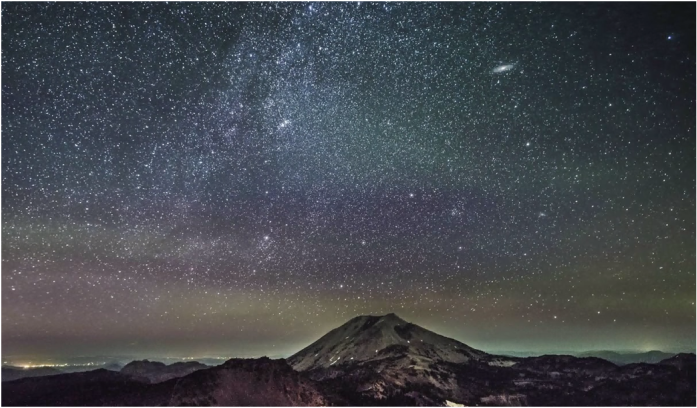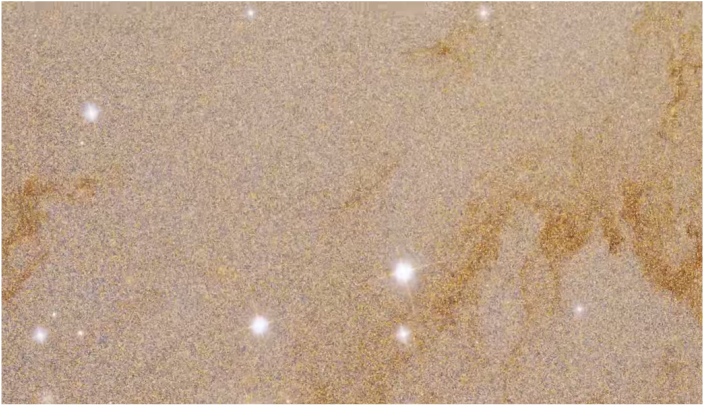The image is of the Andromeda Galaxy, also known as M31, is the nearest spiral galaxy neighbor to the Milky Way, and only a 2.5 million light-year voyage from Earth. A larger than normal galaxy, Andromeda, is estimated to contain more than twice the amount of stars as the Milky Way; which means there are approximately 1 Trillion stars (and quite possibly 1 trillion solar systems) in Andromeda alone.
The Hubble Space Telescope is powerful enough to resolve individual stars in a 61,000-light-year-long stretch of the galaxy’s pancake-shaped disk. It's like photographing a beach and resolving individual grains of sand. And there are lots of stars in this sweeping view -- over 100 million, with some of them in thousands of star clusters seen embedded in the disk.
This ambitious photographic cartography of the Andromeda galaxy represents a new benchmark for precision studies of large spiral galaxies that dominate the universe's population of over 100 billion galaxies. Never before have astronomers been able to see individual stars inside an external spiral galaxy over such a large contiguous area. Most of the stars in the universe live inside such majestic star cities, and this is the first data that reveal populations of stars in context to their home galaxy.


 RSS Feed
RSS Feed
